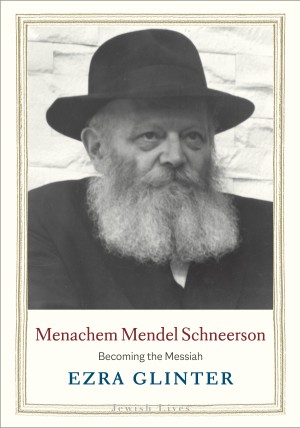In reviewing two scholarly books on Hasidism, one is immediately confronted with a world that is complex, intensely spiritual, mystical, and other-world focused — a far cry from the Chelm-like dancing Hasidic world often portrayed in the movies. But it is also a world that is very typical for any new “movement,” and thus is also different from the always pious and psychologically insightful image often conveyed from classic Hasidic tales we are used to reading or hearing from countless Jewish speakers.
Rachel Elior’s The Mystical Origins of Hasidism grapples with not only the historical and sociological milieu of the development and growth of Hasidism, but most importantly focuses on its theological and mystical foundations. Framed within a perspective of the earlier Kabbalists and the rise and fall/apostasy of Shabetai Tsevi with its enormous and far reaching impact on world Jewry, Elior gives the reader a glimpse into the world of Hasidism as conceptualized by the Baal Shem Tov, Dov Baer of Mezhirech, Elimelech of Lyzhansk, Jacob Joseph of Polonnoye, Shneur Zalman of Lyady, Nachman of Bratslav, The Seer of Lublin, and Menahem Mendel of Kotzk to name but a few. Chapters on the Hasidic concept of language, the unity of opposites, and transcending being are particularly complex. One wonders whether these perspectives were ever really part of the day-to-day inner thinking of the “average” Hasid. Elior’s perspectives on the development of the role and functions of the Tsadik as the two-way bridge between the mundane and the spiritual (the community and G‑d) are fascinating. Her chapter “Mystical Spirituality and Autonomous Leadership” gives profound insights into the threat that Hasidic thinking posed to the established traditional/mitnagidic authorities. And views from well-known and highly regarded Hasidic masters of the 18th and 19th centuries that Elior cites on such issues as: autonomy of judgment; our ability to ascertain “truth”; who has real knowledge of the Divine will; and, change in traditions and traditional interpretations in response to communal needs and the current times might well sound shockingly modern and compatible with non-Orthodox denominational approaches to tradition and Halacha.
Glenn Dynner’s book focuses on the historical development of Hasidism in Central Poland from the mid 18th century into the mid 19th century. The enormous range of the documents available to him from Hasidic, non-Hasidic, anti-Hasidic and Polish, non- Jewish sources of this period helps Dynner paint a fascinating portrait of Hasidism and its prominent zadikkim, one that is quite a bit less “other-worldly” focused than Elior presents. Here we see power brokers and community builders, successfully battling assaults from their non-Hasidic co-religionists as well as from the anti-religious Maskilim— and succeeding on many levels. You’ll read with wonderment about how key Hasidic figures fought off attempts to block their development of synagogues, study houses, or informal “synagogues” without having obtained prior appropriate regulatory approvals. They rallied as well against assaults claiming everything from unholy and/or raucous behavior to excessive focus on snaring the coffers of far-too vulnerable adolescents and young women. Dynner has fascinating sections on the abilities of Hasidic leaders to gain support with both the Jewish mercantile society and within the non-Jewish, Polish governing authorities. Varying approaches to creating dynasties, succession strategies, and facilitating the most important marriages for themselves or their children to strengthen and/or create claims for important Yichus, are also discussed. Dynner even delves into the dominant role that the printing of Hasidic texts had on the overall face of Jewish printing and publications during this period. Appendices, bibliography, glossary, indexes, and notes.





